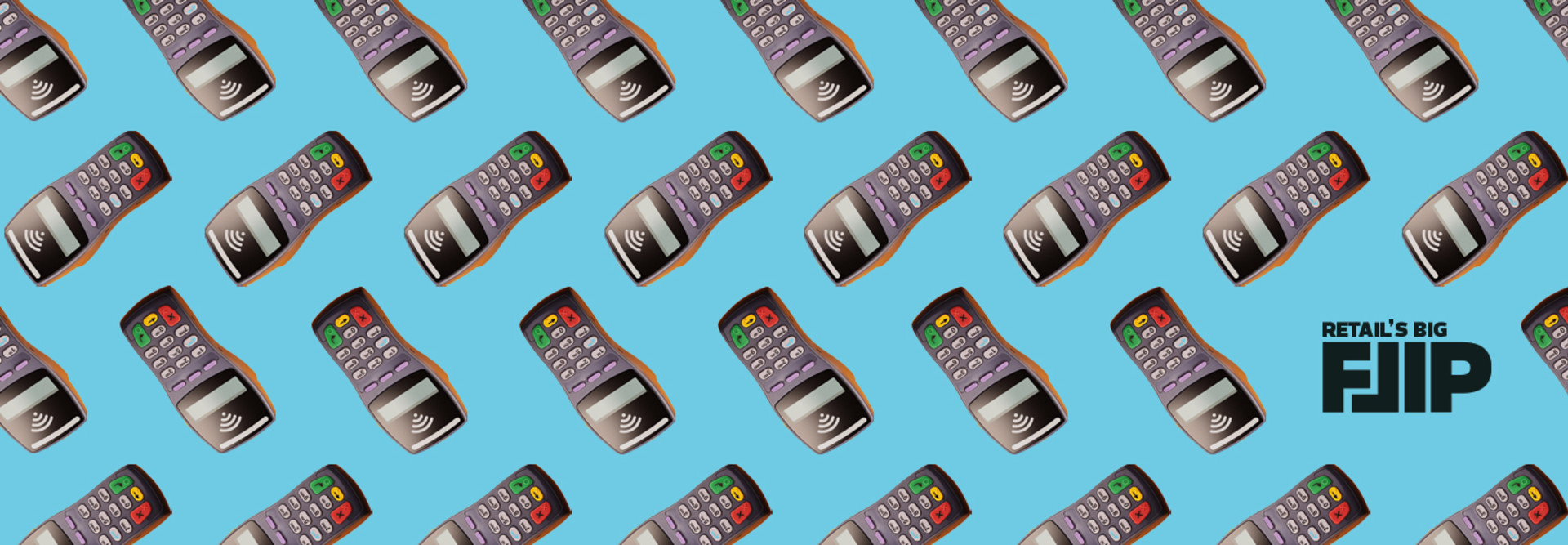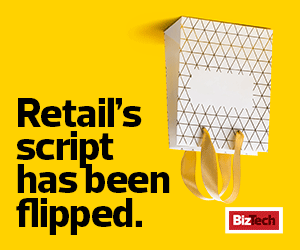As the pandemic has continued to restrict social gatherings and indoor activities, one faction of the economy that’s been hit particularly hard are small retailers. Local stores and restaurants play a crucial role not only in the local economy, but also in an area’s identity.
This has sparked efforts over the past several months to push customers to “shop small,” and that movement is set to culminate in this year’s Small Business Saturday. Deloitte’s recent holiday shopping forecast found that, on average, consumers are planning to shop within 9.6 miles of their home — closer than in years past.
While this demonstrates a desire to shop small, it’s important for small businesses to be able to create a shopping experience that makes customers feel safe. There are some in-store technologies that could keep both workers and shoppers protected.
Limiting Physical Interactions with Contactless Payment
Contactless payment isn’t a new concept, but it is a tool that has become almost required for retailers during the pandemic. Handling cash or even passing back credit or debit cards can now pose a risk to both the retailer’s employees and the customers, setting the stage for contactless payment to be more widely adopted.
Powered by near-field communication, contactless payment allows customers to complete their transactions without having physical contact with an employee or a machine. All the customer needs to do is hold his or her credit card, smartphone or smartwatch near a point-of-sale terminal designed to request and read relevant financial details. These POS devices work by creating a small radio frequency field that activates the chip within these devices, allowing it to complete the transaction without any further contact.
This form of payment has proved quite valuable for retailers during the pandemic. According to the financial website The Financial Brand, a recent survey found that 67 percent of retailers now accept contactless payment, and 69 percent report having seen the number of contactless payments rise this year.
MORE FROM BIZTECH: Learn more about how tech will help businesses reopen safely.
On the customer side, a different study found that 70 percent of customers who make contactless payments cite sanitary concerns as their main driver, and research from Visa found that 63 percent of customers would switch to a retailer who offered contactless payment over an existing relationship, reports The Financial Brand. Small retailers stand to gain a lot by adopting the technology.
Sanitizing Tech to Keep Customers Healthy
Limiting in-person interactions is one facet of preventing the spread of the virus, but another is sanitization. While many shoppers have taken to carrying hand sanitizer in their bag, retailers can’t rely on customers to take the proper precautions. This is where sanitizing technology comes into play.
Several new offerings are now available to help businesses across industries provide access to sanitizers. ViewSonic has a product that shows a digital display as employees or customers use sanitizer, while Samsung makes a dispenser that is activated once it is approached. Both have displays that can be customized for educational purposes or to remind shoppers to maintain distance.
For retailers looking to ensure every corner of their store is disinfected, ultraviolet light sanitizing options are something to consider. UVC technology emits a specific type of ultraviolet light that can, for instance, keep viruses out of drinking water and off surfaces; products include the Digital Aerolus Aertos 120 UVC disinfection drone for larger areas, the HamiltonBuhl HygenX Vray wand for more targeted disinfecting, and UVC cabinets where smaller items can be placed for sanitizing.
Consider Capacity Management Tools to Control Crowds
One of the more proactive ways to protect a retailer’s employees and customers is to limit the number of people in the store at a time. While some retailers station an employee at the door to keep track of the numbers, that approach could grow complicated during the holiday shopping season.
This is where capacity management tools can prove useful. Solutions such as Phillips PeopleCount use cameras positioned at the point of entry to count the number of people who cross the threshold. Retailers use an app to set the maximum capacity, triggering a display similar to a traffic light — turning yellow, then red — when the occupancy limit is met. A similar option from Bosch, Dynamic Employee Notification Intelligence, comes with an audio feature that plays prerecorded messages under predetermined circumstances.
Small retailers rely more heavily on foot traffic to draw in customers and enhance revenue, and they have to be able to maintain their Small Business Saturday. Contactless payment, sanitizing tech and capacity management tools can be the keys to providing a safe in-store experience.













